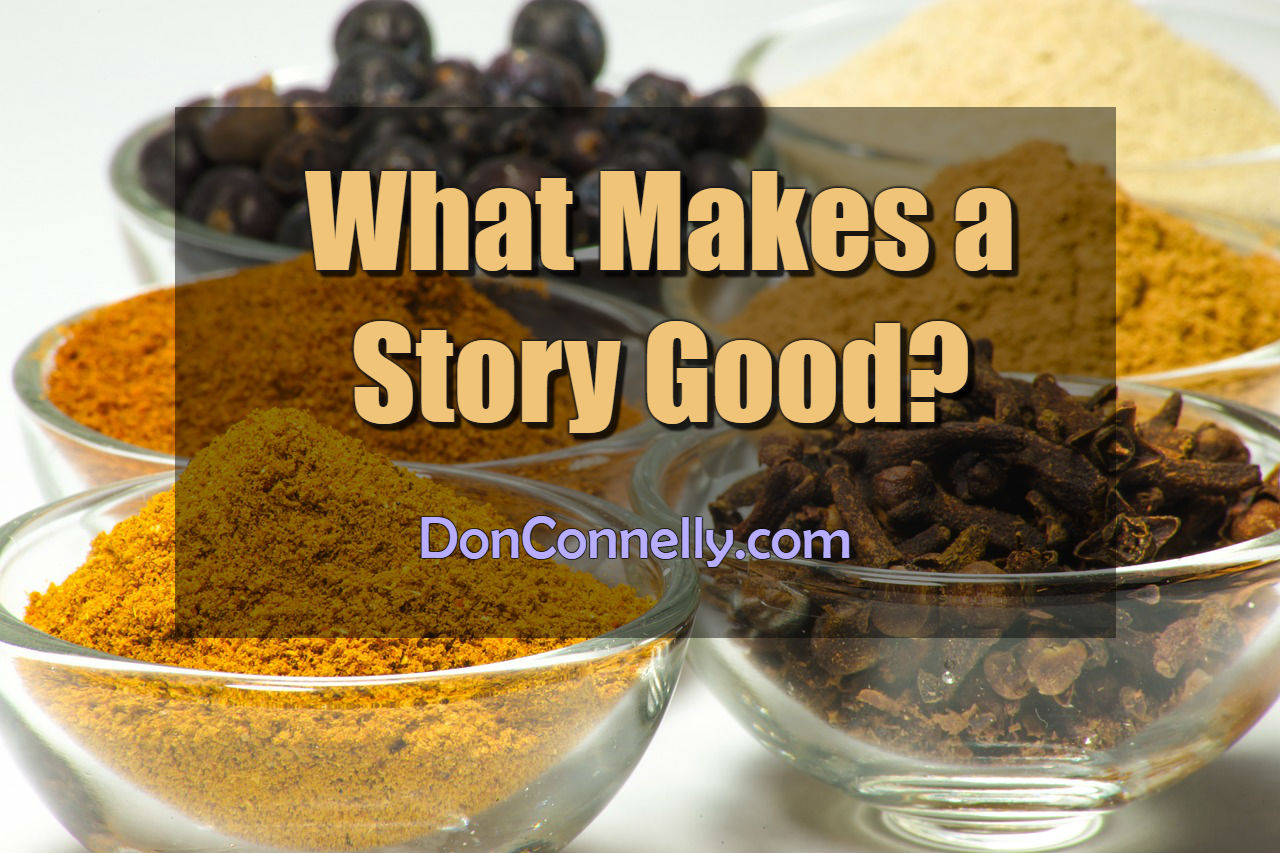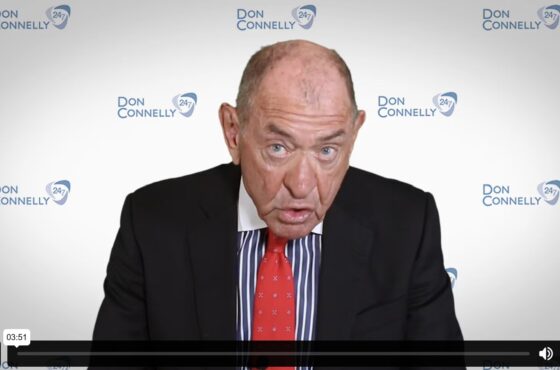What Makes a Story Good?
 “Tell me a fact and I’ll learn. Tell me a truth and I’ll believe. But tell me a story and it will live in my heart forever”. This ancient Native American proverb still resonates today.
“Tell me a fact and I’ll learn. Tell me a truth and I’ll believe. But tell me a story and it will live in my heart forever”. This ancient Native American proverb still resonates today.
Everyone loves a good story. Good stories can captivate, teach, and persuade people to act, making them an excellent way to communicate with prospects and clients.
In this post we’ll look at how to create great stories and inspire listeners to take action.
The ingredients of a good story
When creating your story, you should decide on the following aspects, as suggested by Ben Zoldan and Michael Bosworth in their book What Great Salespeople Do: The Science of Selling Through Emotional Connection and the Power of Story:
- Message that you want the listener to take away.
- Direction of the story using color and context, describing the people involved, the location and the time in which the story takes place.
- Goal that’s sought and the obstacle that needs to be overcome.
- Action that needs to be taken to overcome the obstacle.
- Ending, revealing the hero or heroine who can solve the problem and save the day (i.e. You)
Using analogies to tell a story
Prospects respond well to analogies since analogies make the complex matter simpler and the unfamiliar familiar.
Here’s an example how using a story can help you convince prospective clients to trust your decisions about their investments, especially in volatile markets.
A couple from New York need to fly to Miami. They organize reliable transport to the airport, allowing themselves plenty of time to board the plane. Once aboard they wait for takeoff, then sit back and expect the pilot to fly them to their destination safely so that they arrive in Miami on time.
This couple applies a similar set of expectations to their investments. Recognizing the need to fund their retirement they start an investment plan. Just as they used an expert pilot to fly their plane to Miami, they use a professional financial advisor to take them on this financial journey – expecting to achieve their goal (financial security) within an acceptable timescale.
The plane wasn’t built by the pilot – neither are investment vehicles invented by a financial advisor.
The pilot can’t predict the weather – nor does a financial advisor know when markets will go up or down.
That’s not what you or the pilot are paid to do – you are both there to get this couple to their chosen destinations, safely, and on time.
The takeaway from this story is this:
Just as the couple wouldn’t dream of taking a flight without a qualified pilot in control, prospects shouldn’t attempt to achieve their investment goals without an expert advisor at the helm.
The type of story matters, too
To form a connection with prospects you should also develop a story (e.g. a “Who I Am” story) that tells them why they should like and trust you. Because only when they like and trust you, will they consider doing business with you.
So, create a story based on your past experiences. Look back and consider what’s helped you become the person you are today – on both a personal and professional level.
Use your reminiscences to allow people to get to know who you are so you can establish in their minds that you are an authentic, caring person.
What life lessons have you learnt? How did you overcome obstacles, and when have you failed? Why did you decide to become a financial advisor? If you decided on this career path after witnessing a friend struggling to cope financially then be open about it. If a desire to help people inspired you to become a great financial advisor then share this with prospects.
How you tell your stories
Keep it simple. Give your story emotion and pathos, and invite people to engage with your story. Make it memorable so they can take it away and act on it.
Remember your main goal is to get people to act on what they hear as well as be entertained so you need to be compelling both in terms of content and personality.
Vary your tone of voice and tempo of speech and use animated and expressive gestures. Use facial expressions and body language and maintain eye contact. Encourage prospects to offer feedback and comments – and use humor if you’re comfortable with this.
Keep stories concise
Stories don’t have to be long – they just have to get the point across. Always remember the impetus is with your clients not you so don’t monopolize all the time you have with them.
Practice makes perfect
You don’t have to memorize your stories word for word, but practice them as often as you can so they become second nature. It doesn’t matter if a story varies each time you tell it so long as it contains the key message you want to get across.
You may not become a seasoned raconteur overnight – but with enough practice and perseverance you will become good at telling stories. Forget reeling out reams of numbers and statistics to prospects. Get them involved emotionally by telling them a good story.
There’s a section in Don Connelly 24/7, dedicated to honing your storytelling skills – watch the video to learn more.
We recommend the PLATINUM level for the best value for money



